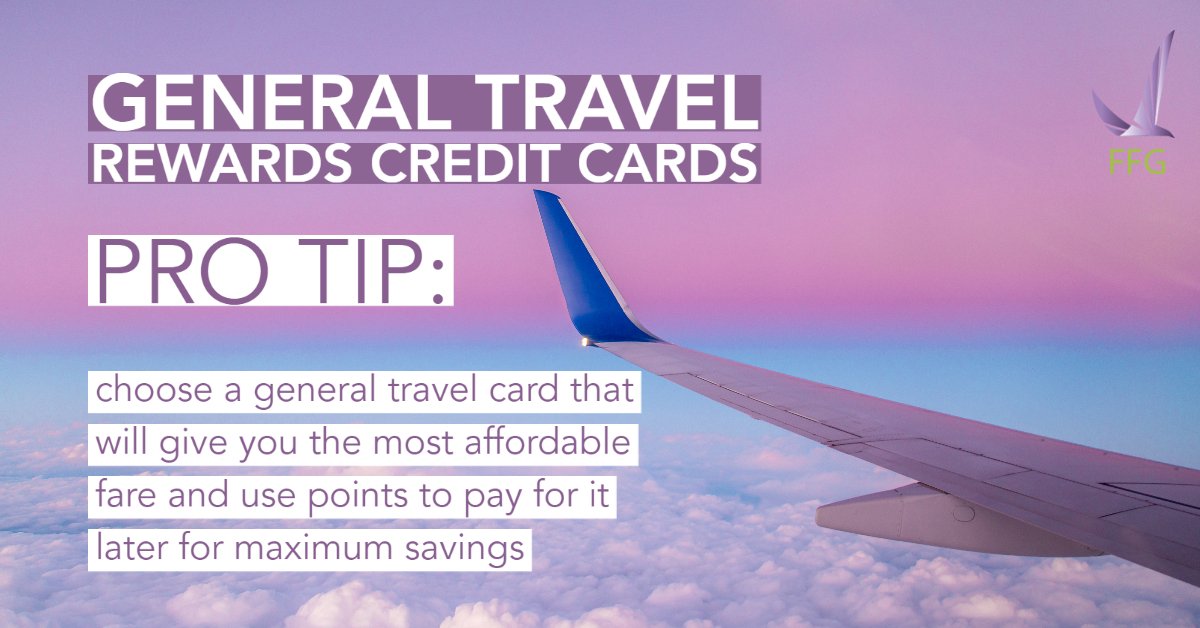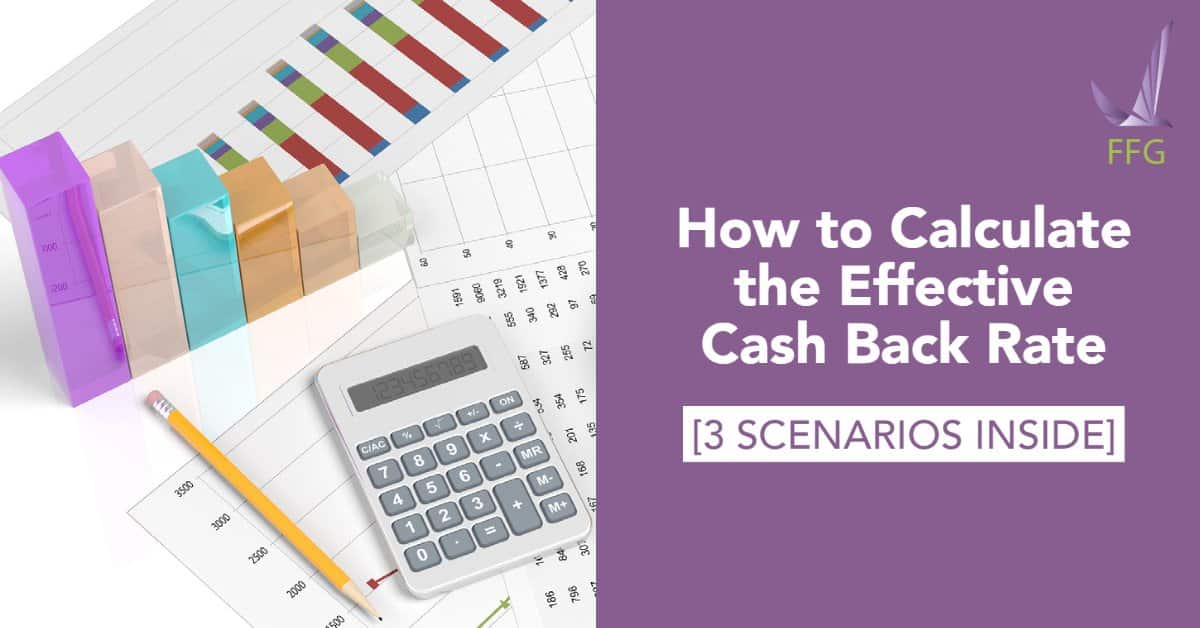Travel Rewards Credit Cards: Co-branded vs. General

Last Updated on March 16, 2023
Are you a frequent traveller looking to maximize your rewards while on the go?
Choosing the best travel rewards credit card can make all the difference. But with so many options out there, it can be overwhelming to know where to start. That’s where we come in.
In this article, we’ll break down the two main types of travel rewards credit cards – general travel rewards and co-branded cards – and help you determine which is best for your unique needs and goals. Each card is reviewed in depth in the post, offering key features to consider.
So pack your bags and get ready to take your travel game to the next level with the best travel rewards credit card.
Table of Contents
Co-Branded Credit Cards: What are They?
A co-branded card is a partnership between a retail brand and a credit card network processor, like Visa or Mastercard.
Network processors allow you to use credit cards at merchants within a card network.
See some examples:
- The Visa logo on the Southwest Rapid Rewards Premier Credit Card lets you purchase wherever Visa is accepted.
- Because of the Amex logo, you can do the same for the Hilton Honors Card on the American Express Network.
What benefits do co-branded travel cards offer?
The following benefits can be obtained from co-branded travel cards:
- Free checked bags, lounge access, and upgraded seats
- Reimbursement for federal travel programs like Global Entry
- Better insurance coverage for travel delays, lost luggage, and accidents
- Air miles for every purchase, and even more for branded purchases like airline tickets
- Free round-trip tickets from generous sign-up bonuses
- Accelerated elite status in the loyalty program of the airline or hotel brand, which can provide additional perks and benefits.
However, there are potential restrictions when considering co-branded travel cards.
Let’s discuss these considerations and provide advice on how to make a profit from your co-branded travel card.
Co-branded travel credit cards: things to consider
- Variable rewards can change depending on the time of year, so use your miles at the right time to maximize their value.
- Blackout dates or other limitations on redeeming your points.
- Points may expire if there’s no account activity for 12 months, so use your points before they expire.
- Points may not be exchanged at a one-to-one ratio with partner airlines, so be aware of any differences in redemption rates.
- Some co-branded travel cards may have an annual fee, so weigh the costs against the potential benefits before applying.
When You Should Choose a Co-Branded Travel Card
You should consider an airline credit card if you often fly with the same airline brand. The airline’s loyalty program will be boosted by miles from your co-branded card purchases will increase the airline’s loyalty program.
The card’s benefits will go further if you travel often and need to use the perks. You may find the card unlocks priority boarding, restrictions on fares, free upgrades and other benefits.
Finally, if you always check your bags, an airline reward card can save you at least $50 per round trip.
General Travel Rewards Credit Cards
When your credit card has a financial institution’s name on the front, it is a general travel rewards credit card.
You get these cards by applying to the credit card issuer, which may be a financial institution like a bank or credit union. The card will have the logos of the credit card issuer and network.
Discover, and American Express are both issuers and networks for most of their cards. Such credit cards can be used anywhere the credit card network accepts them.
Benefits and considerations of travel reward credit cards
- With general travel rewards cards, you have more flexibility in the number of points you can use, as there is no minimum redemption threshold when using points for a statement credit.
- General travel rewards cards are not tied to a specific airline brand or alliance, so you can use your points to pay for travel on any airline.
- However, you may miss out on bonuses and perks offered by specific airline loyalty programs.
- Popular general travel reward cards include The Platinum Card from American Express, Chase Sapphire Preferred, and Bank of America Travel Rewards card, which all offer more than one point for every dollar spent on some or all purchases.
When You Should Choose a General Travel Rewards Card
The general travel rewards credit card may be best for you if you’re a budget-conscious traveller. If you have researched the credit card terms and know how to use your points strategically, choose the card that will give you the cheapest fare when you book the flight and use the points to pay for it later.
The Best Travel Rewards Cards in Canada: A Real-Life Example [+Video]
Are you interested in getting rewards for your next adventure? If so, why not get rewarded for it?
We have researched and compared two of the best general travel rewards cards to make your life easier. Check out our latest video to learn more about the RBC Avion Visa Infinite Privilege and American Express Cobalt® Card to maximize your savings.
Make the Right Choice
Whether you choose co-branded cards or general travel rewards credit cards, you should ensure the card works for you. Both cards have distinct advantages, so select the one that best suits your lifestyle.
- Take the time to match your goals and spending habits to the right card and rewards program.
- Read the credit card agreement and understand rewards redemption and expiration concepts.
The Final Word from Financial Freedom Guru
If you’re looking for ways to maximize your flight experience on a small travel budget, consider reading this article, which discusses inexpensive ways to upgrade to business class. You should also check out our article on the best travel apps for your phone, iPad, or tablet.






